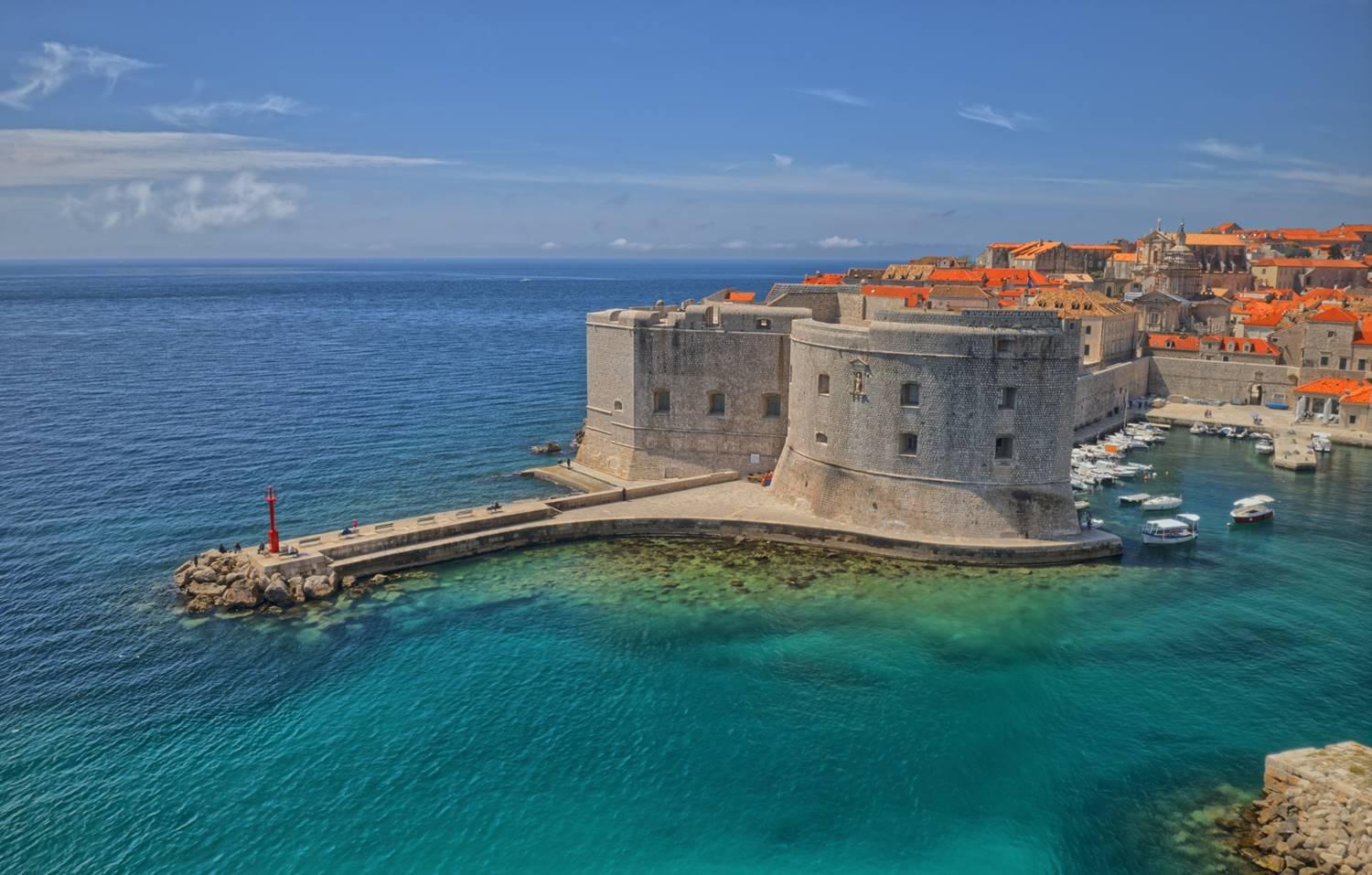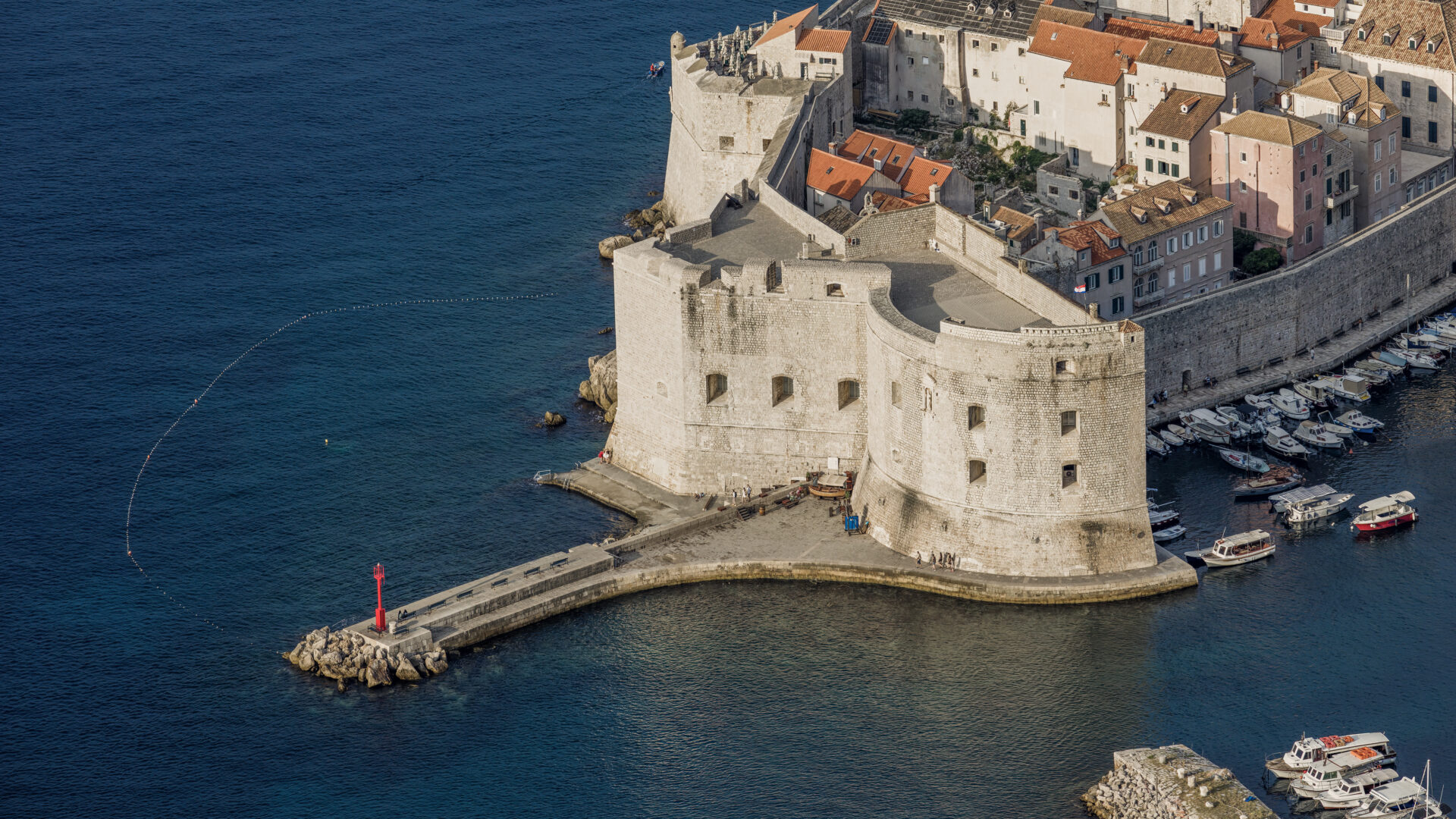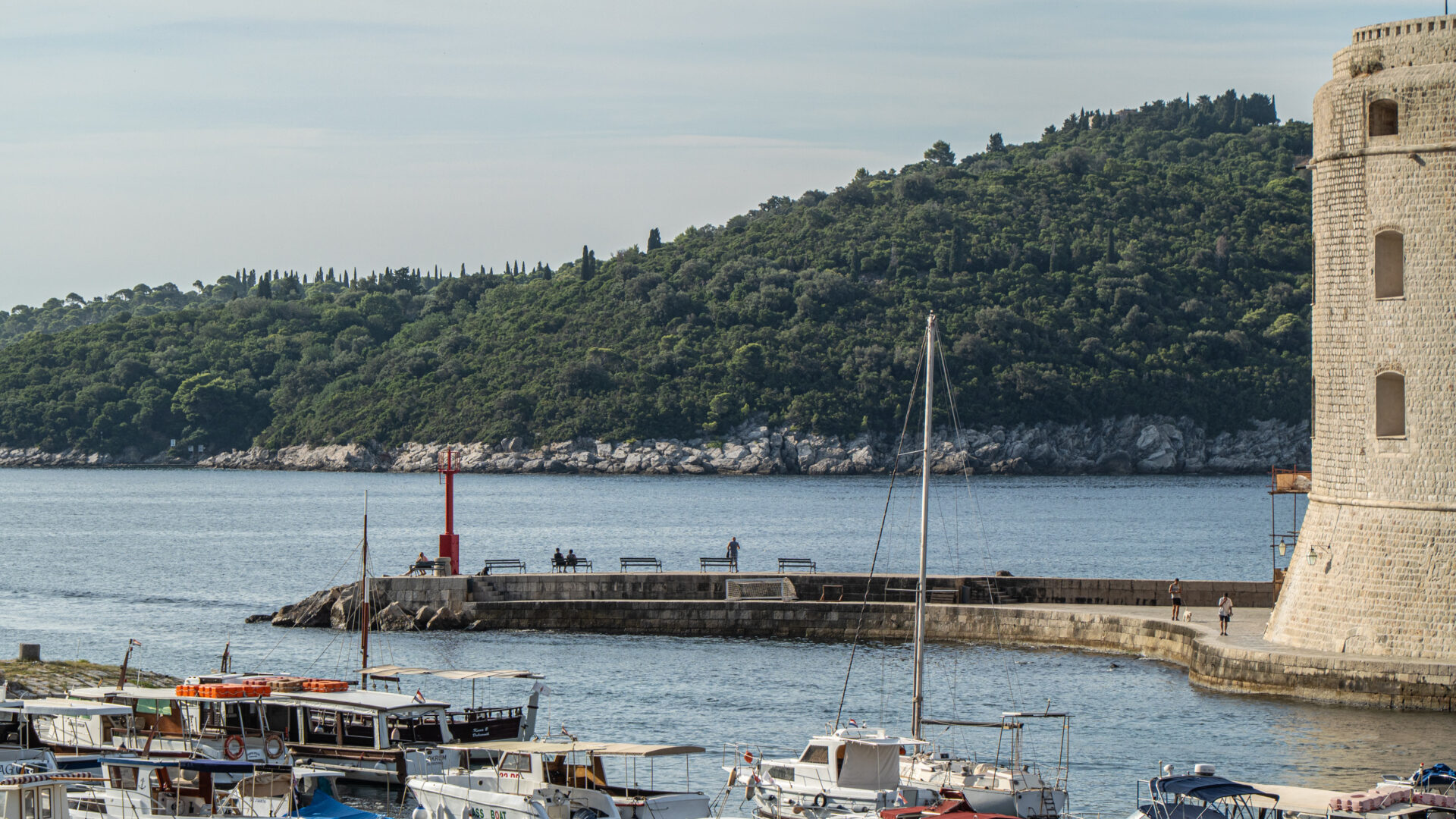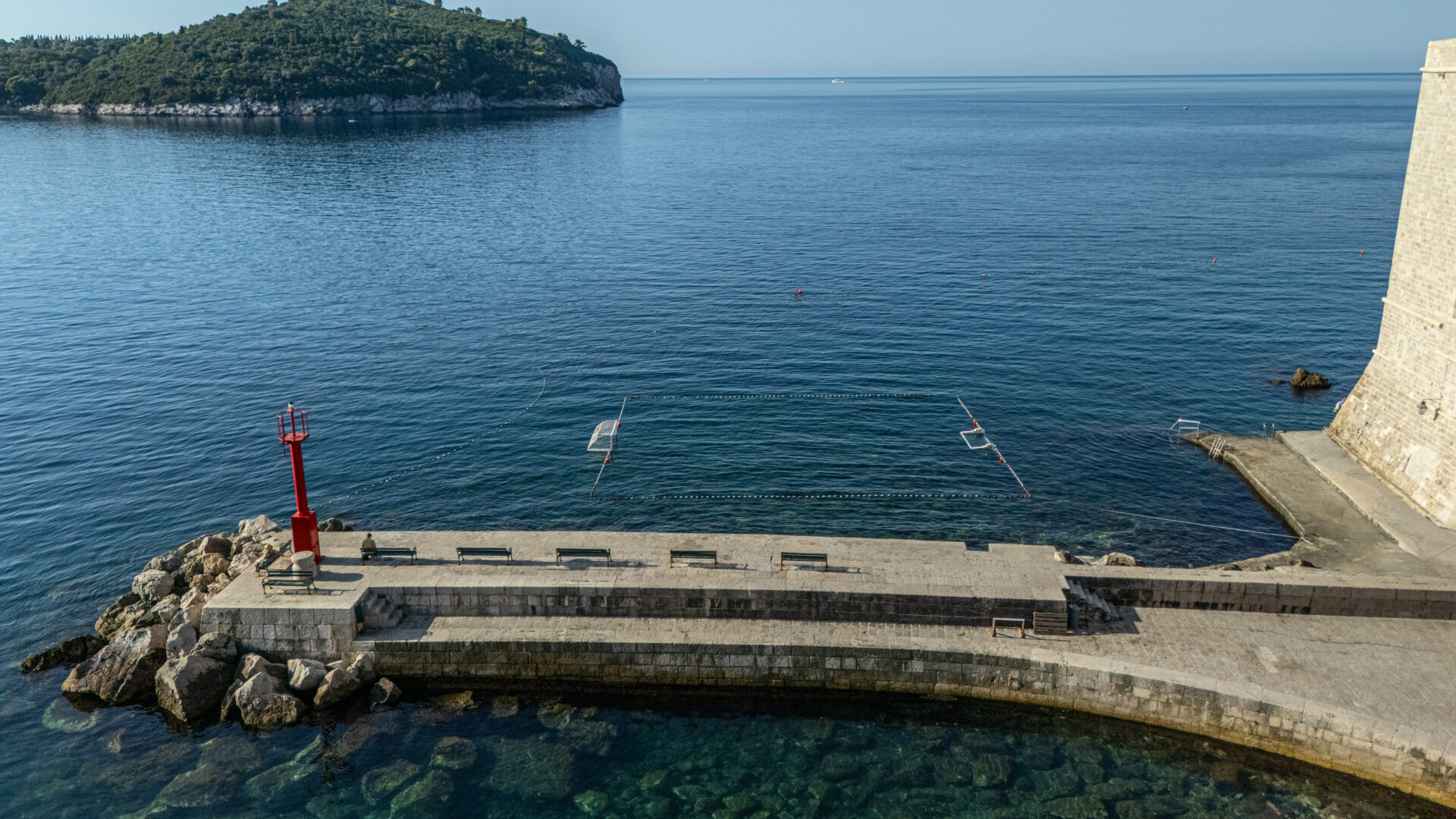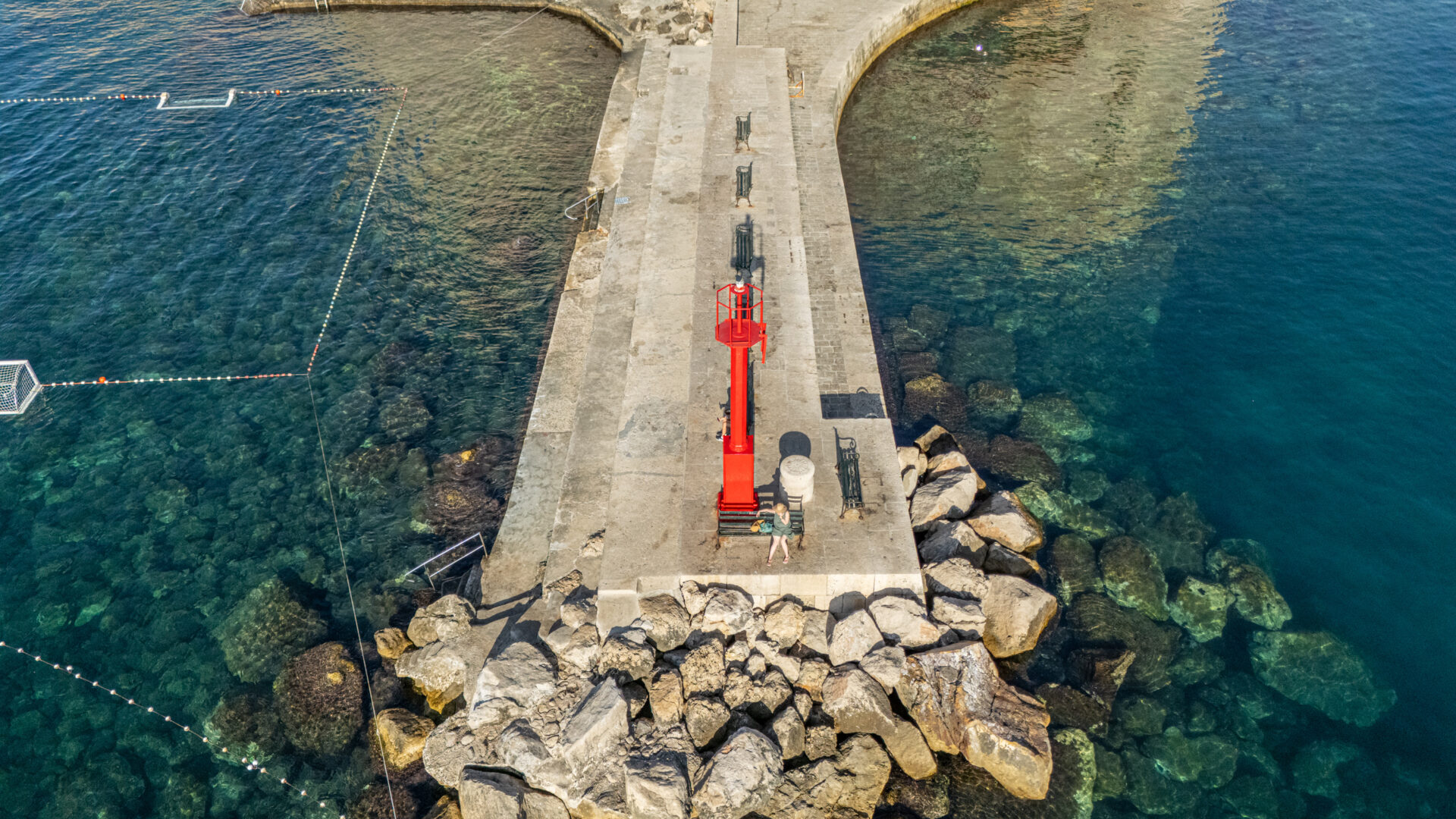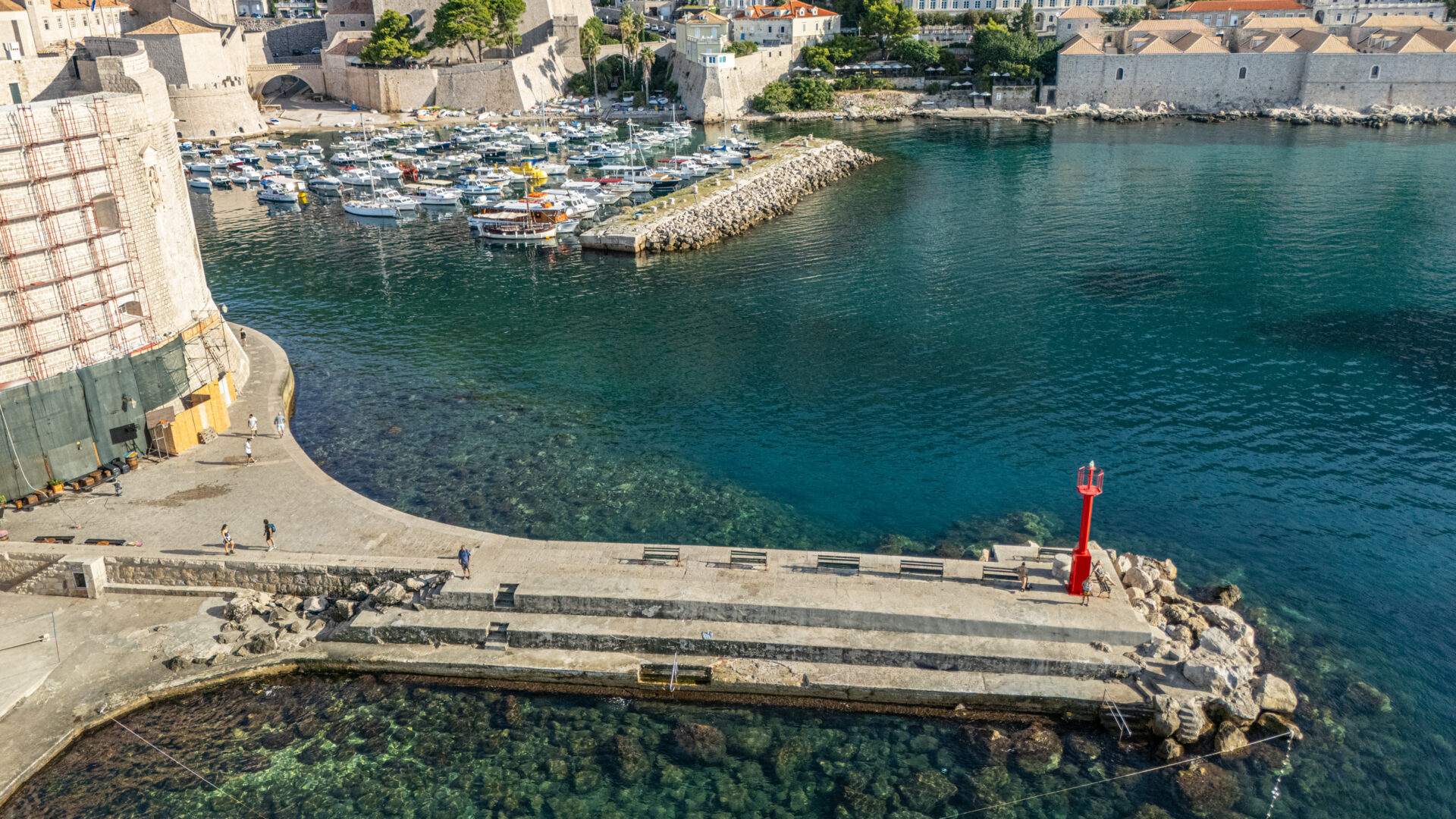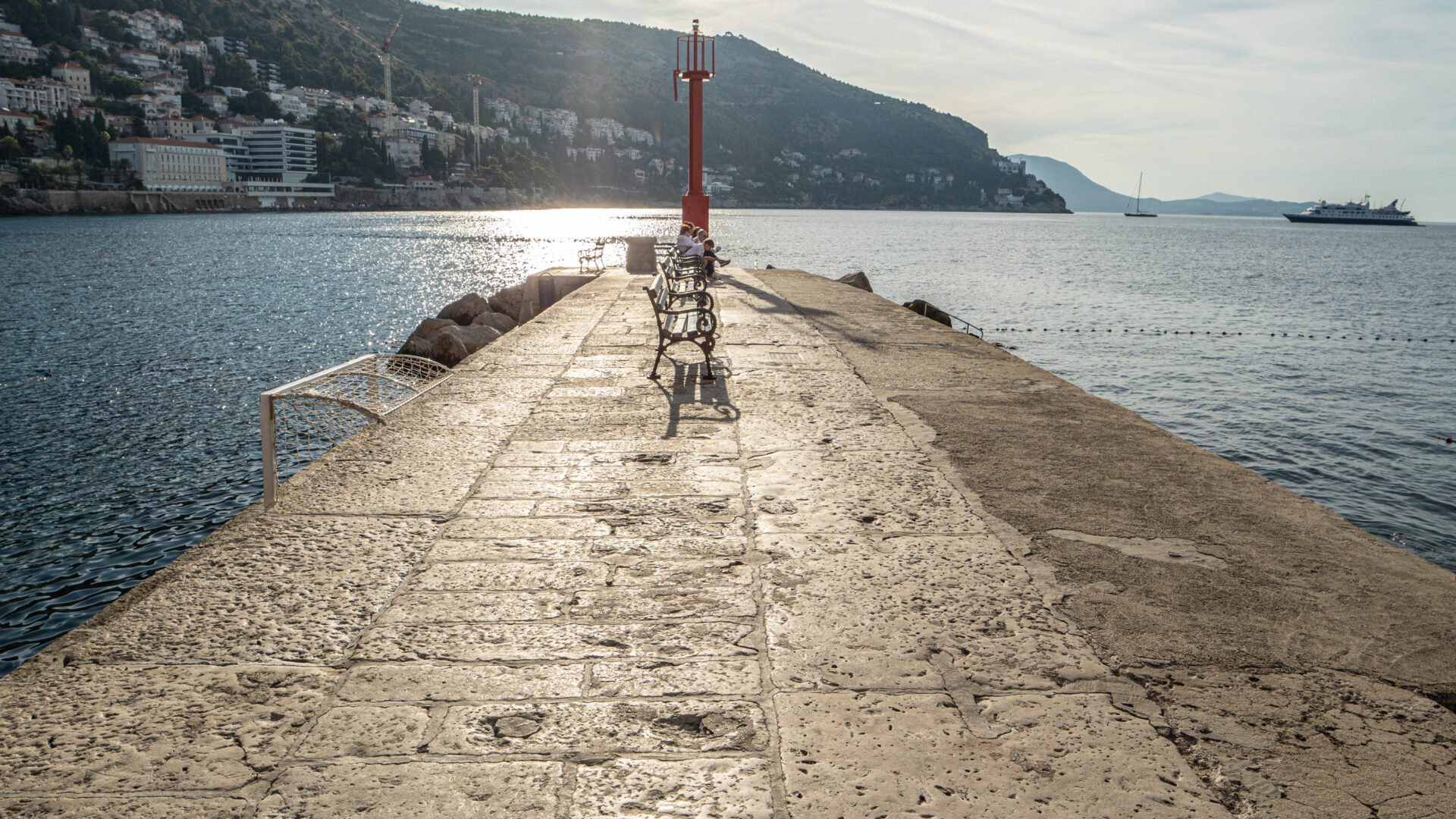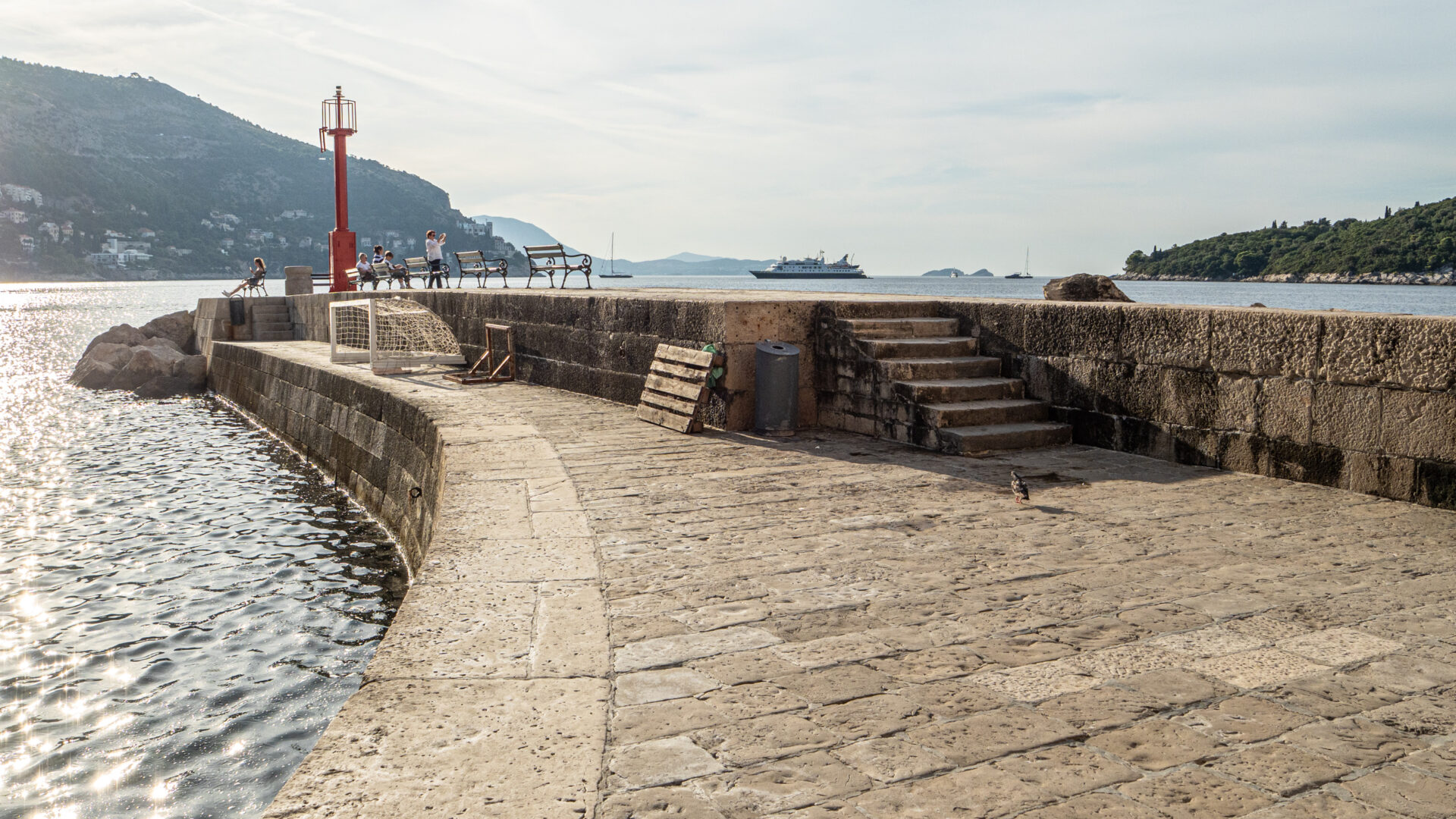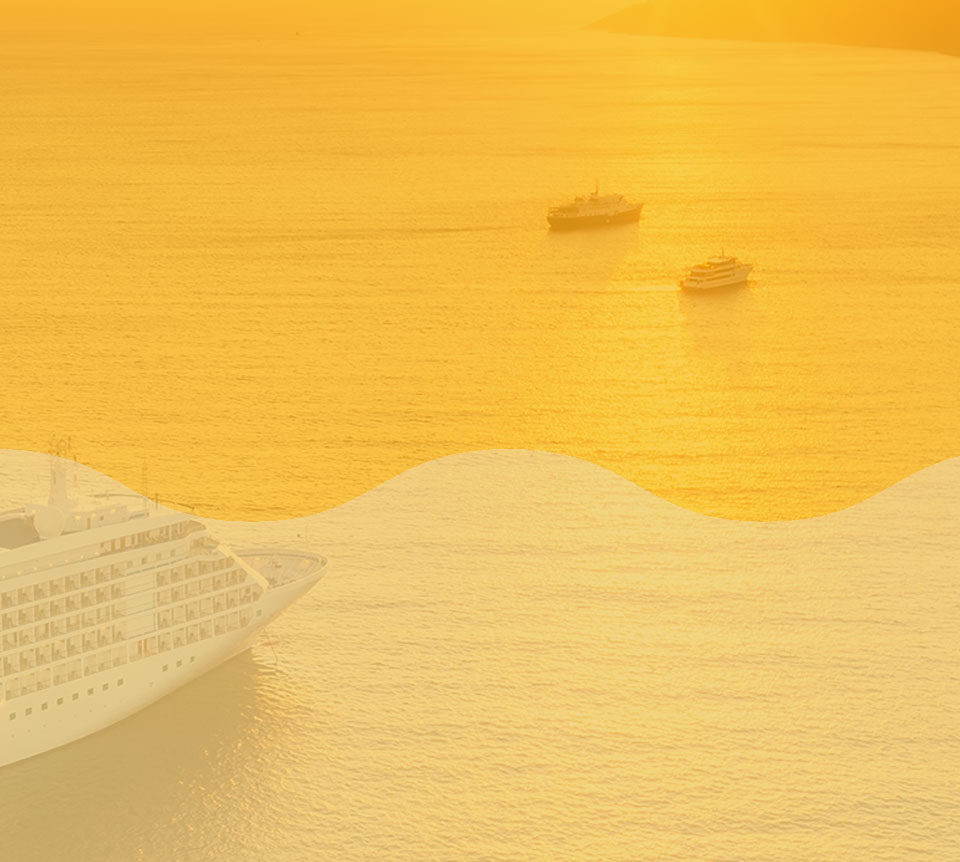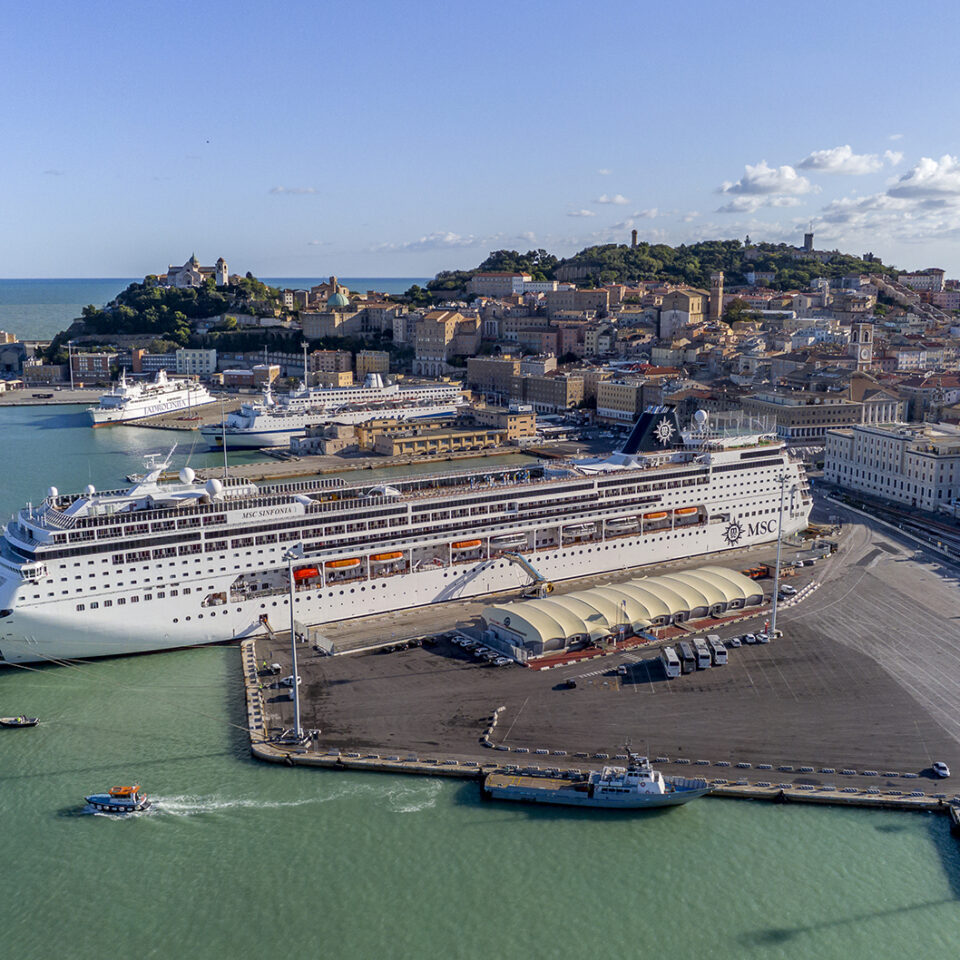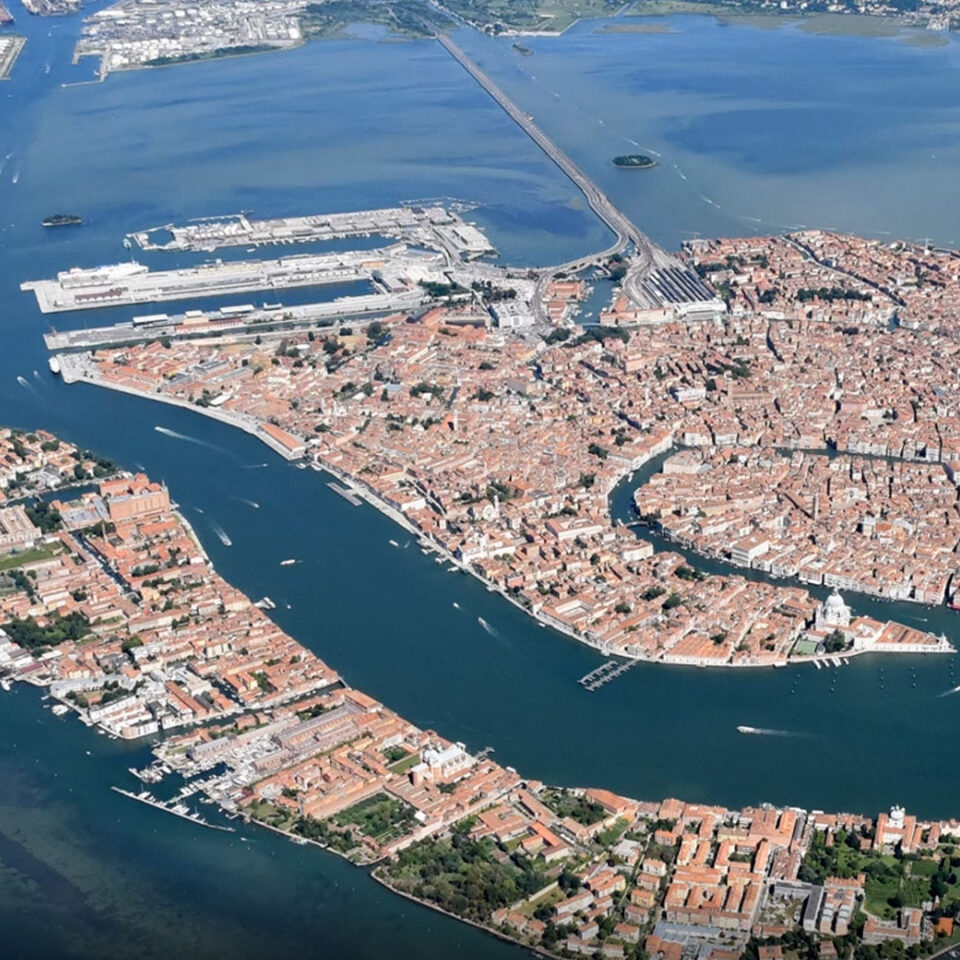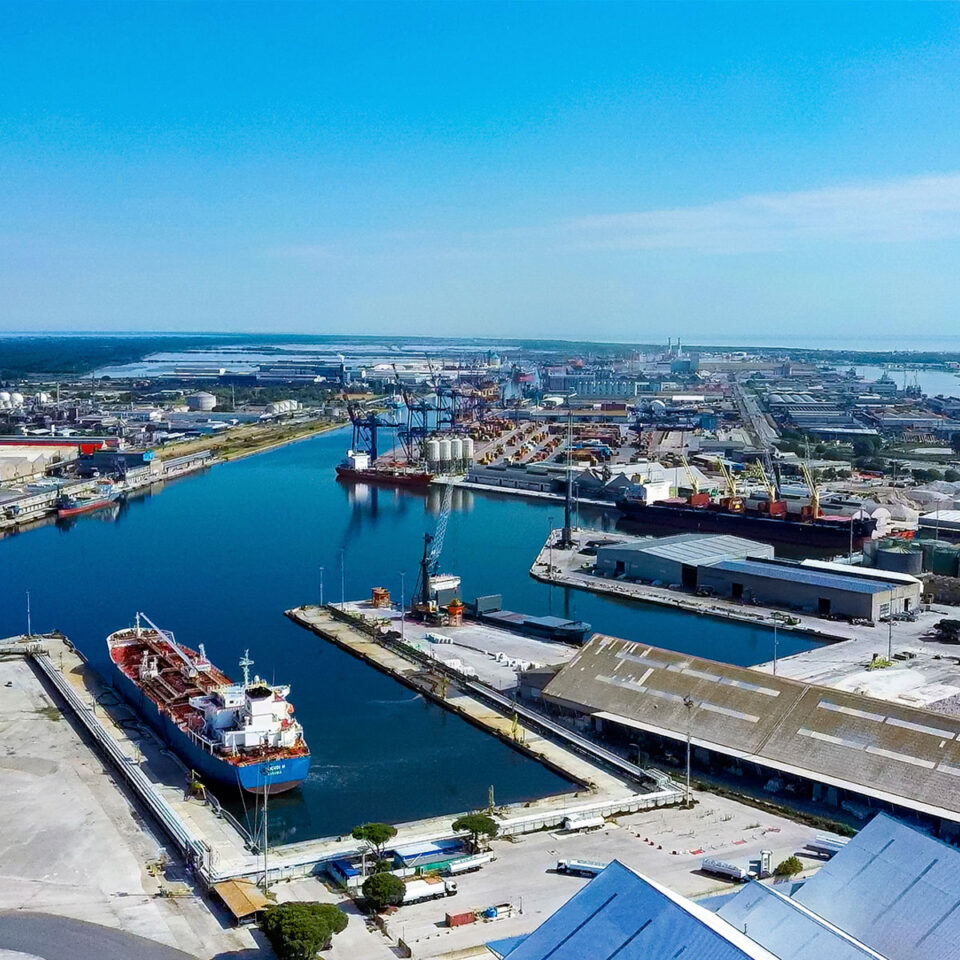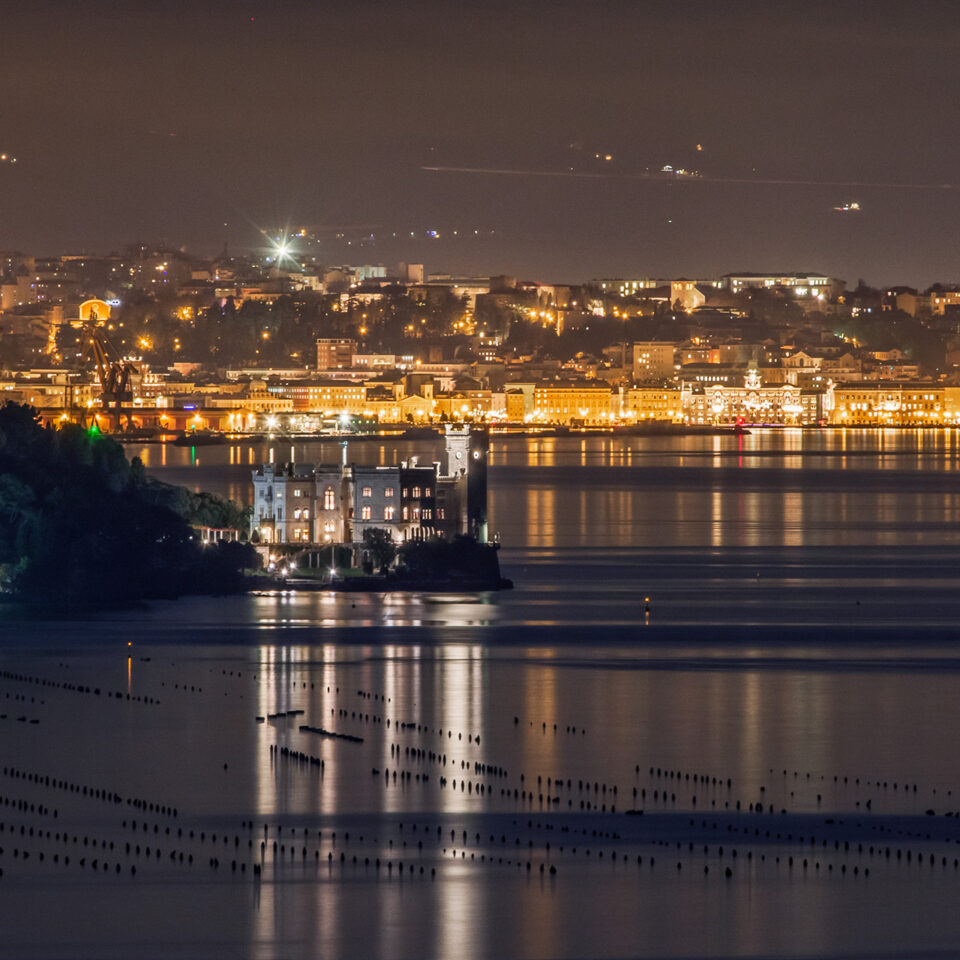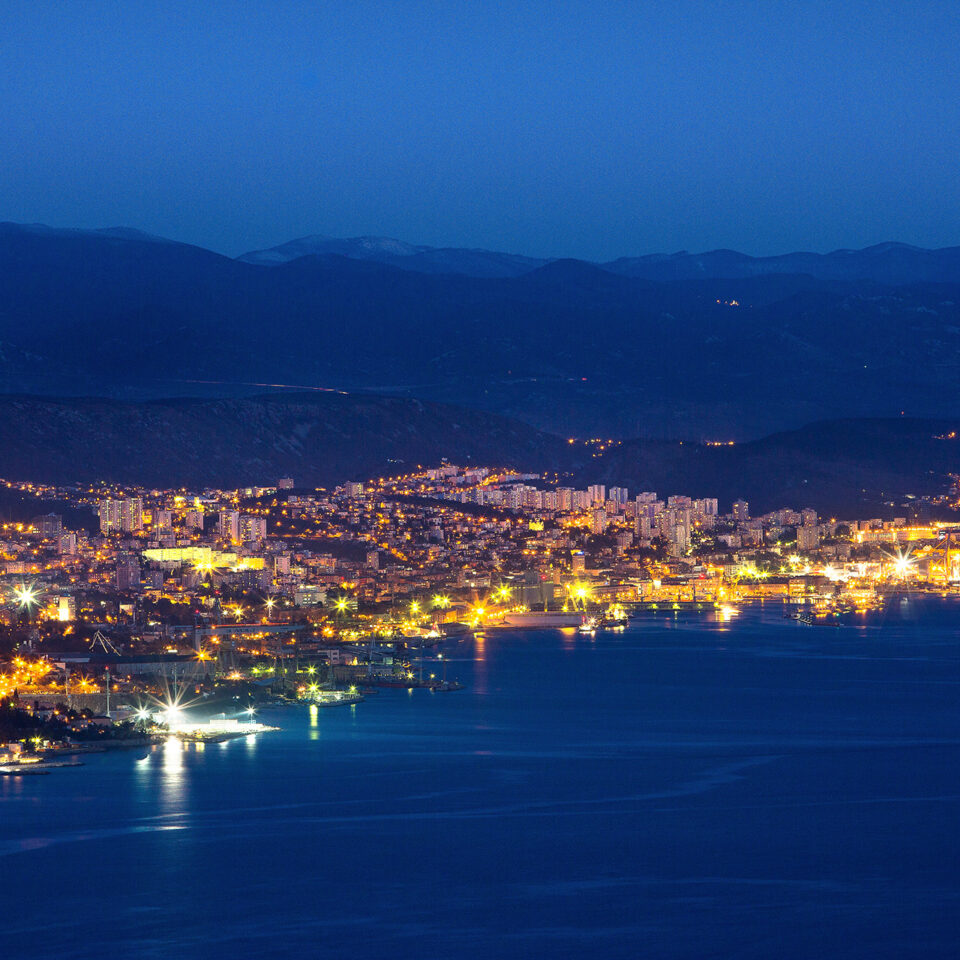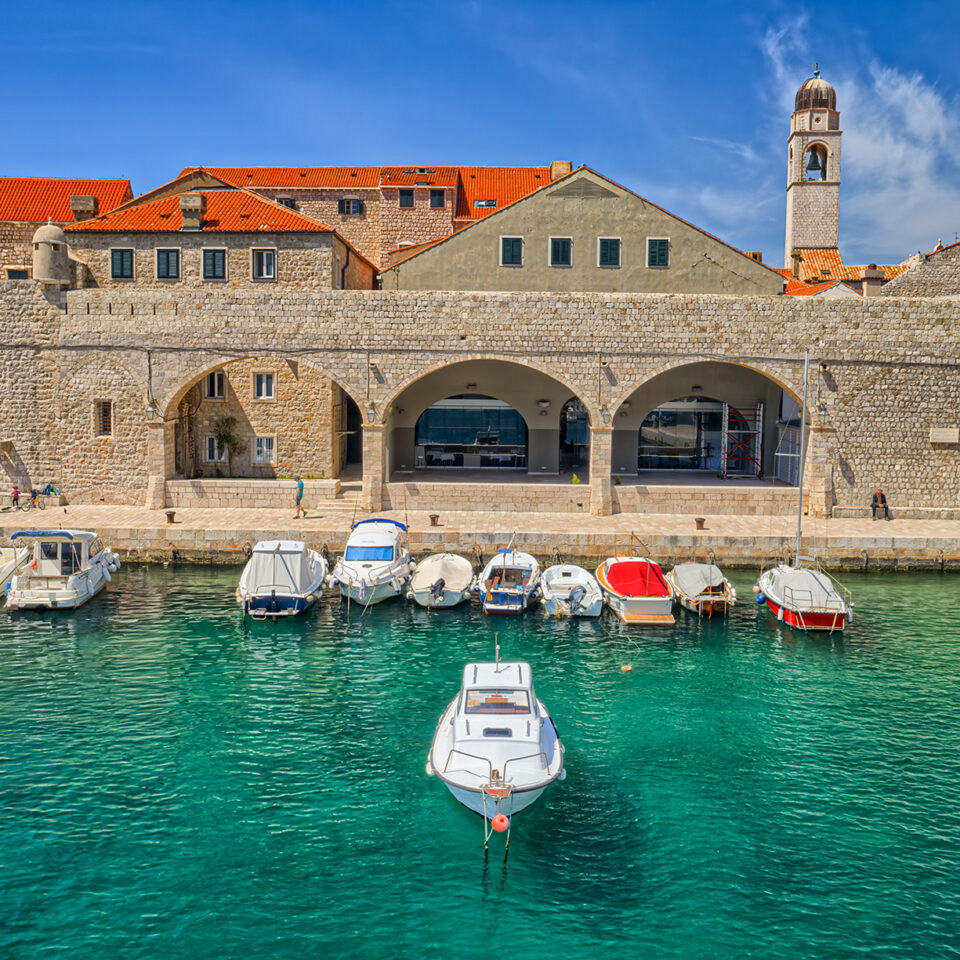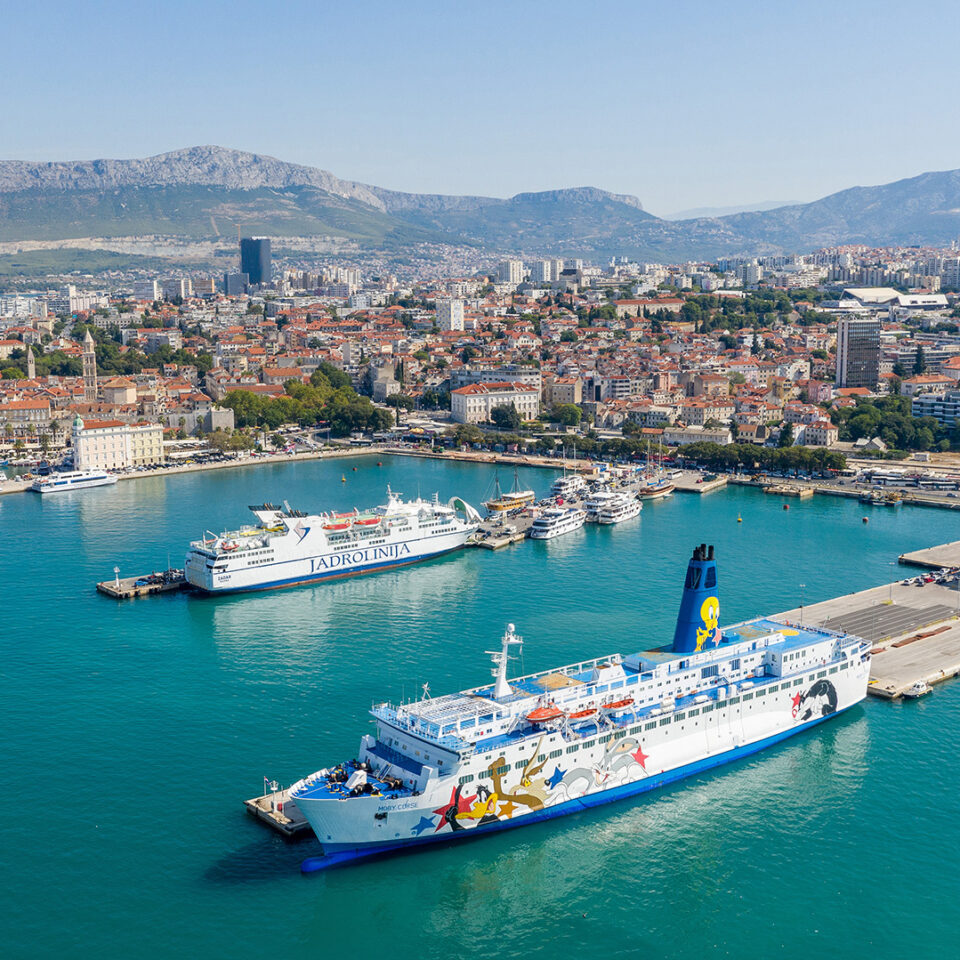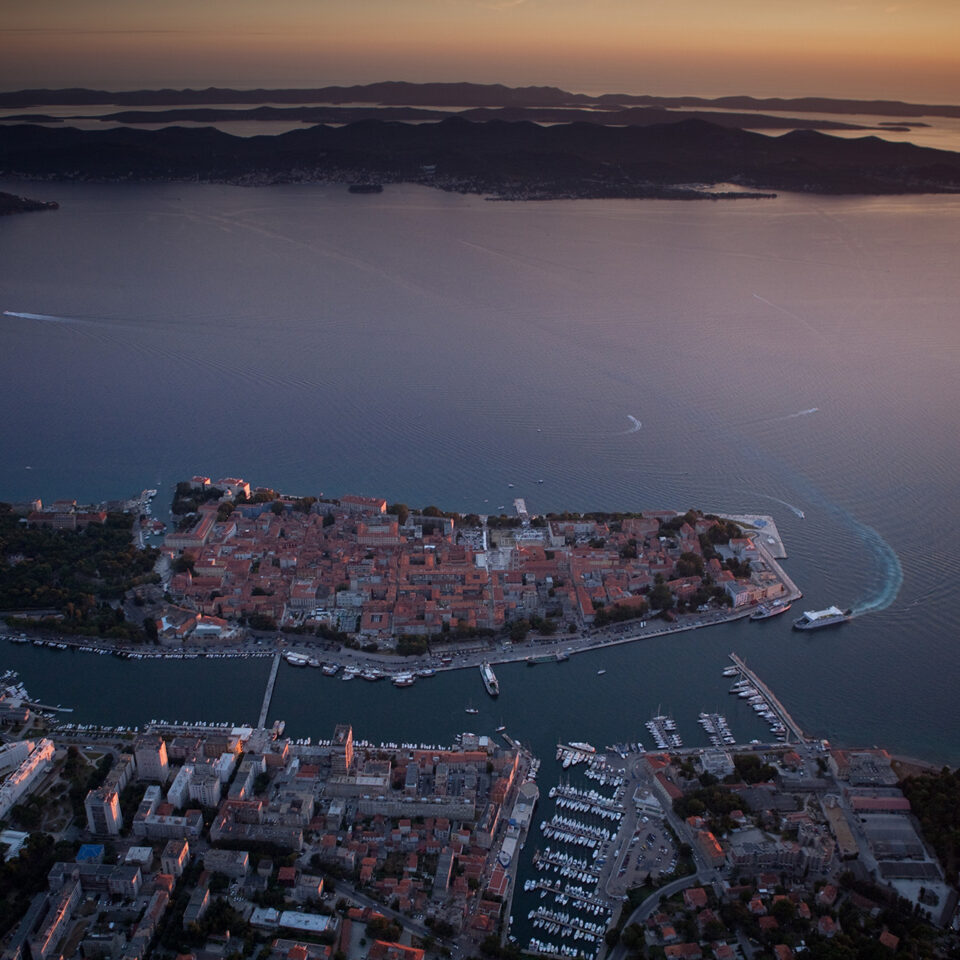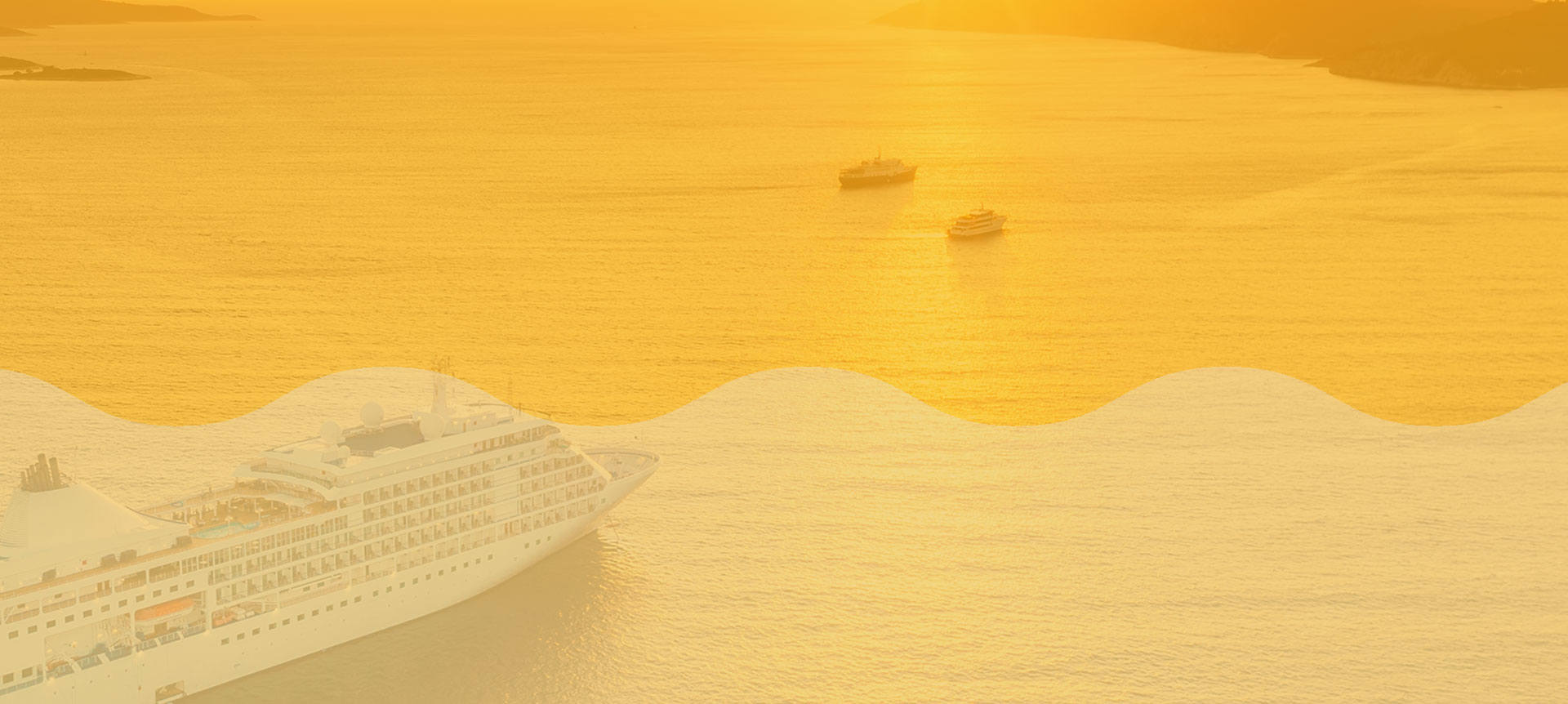

PORPORELA BREAKWATER
The most significant intervention in the historic city harbour in the second half of the 19th century was the construction of Porporela breakwater in front of the Fortress of St. John, which marked the completion of the city harbour’s redevelopment. Although the island of Lokrum naturally protects the city’s harbour waters by significantly reducing the force and intensity of wave impacts, the situation improved only after the construction of the breakwater in 1873. during Austrian rule. The project was designed by civil engineers Marco Nonveiller and Marin Boriani, employees of the Dubrovnik construction office. The project plans have not been preserved.
The breakwater was 65 meters long, 10 meters wide and 3,40 meters high. Along with the breakwater, a coastline was built alongside the Fortress of St. John, connecting to a previously constructed embankment along the city wall from the 15th century in the southern part of the harbour. A small lighthouse was placed on the breakwater. Its name came from Italian word for breakwater- porporèla.
Even before the construction of the breakwater, large rocks were thrown into this area to protect the harbour. In 1347, a decision was made to extend and reinforce the natural cape near the tower of Muo (kula na Mulu) with stones. To protect this area from large waves, an embankment of large stones was built at the base of the Tower of Muo (kula na Mulu) toward the northeast, approximately 50 meters long. Archival records mention several additional decisions regarding the protection of this part of the harbour, including orders for ships entering the harbour to dispose of excess stones there.
However, stone dumping at this site continued until modern times. The first real breakwater in this area was suggested by engineer Mihajlo Hranjac in 1617.
The new breakwater ensured the continuation of harbour traffic and created a safer city harbour.

